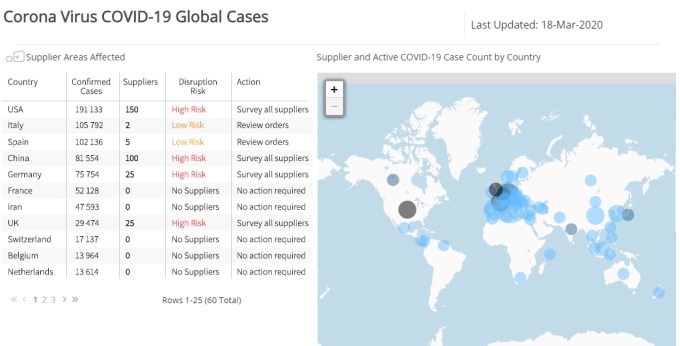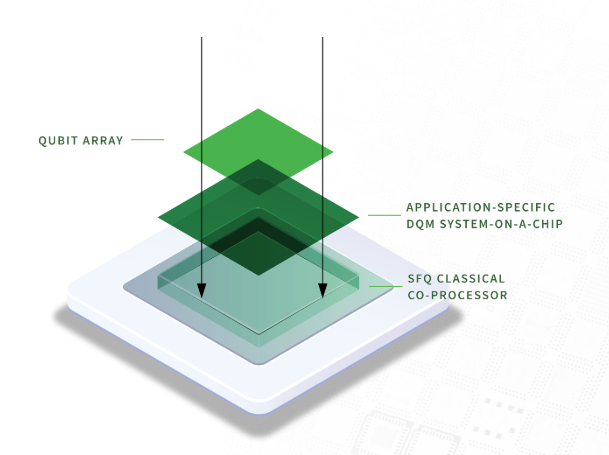More than six dozen startup founders, venture capitalists, and lobby groups in India have requested the government to grant them a “robust relief package” to help combat severe disruptions their businesses face due to the coronavirus outbreak.
In a joint letter to India’s Prime Minister Narendra Modi, startups requested the government to bankroll 50% of their workforce’s salaries for six months, provide interest-free loans from banks, waive rent for three months, and offer tax benefits among other things.
“Unfortunately, our startup companies across the nation are inherently young, less resilient, and most vulnerable. Many of them face likely devastation during this extraordinary economic downturn. At this dire moment, Indian startups need a robust relief package from the government, lest all our collective efforts of the past few years are in vain,” they wrote in a joint letter to the Prime Minister Narendra Modi late last month.
Among those who have signed the letter include Mohit Bhatnagar, a managing director at Sequoia Capital, which is advanced stages to close a fresh $1.3 billion fund for India and Southeast Asia, Gaurav Agarwal of online medicine store 1mg, Debjani Ghosh of industry body Nasscom, Karthik Reddy of Blume Ventures, Anand Lunia of India Quotient, Deepinder Goyal of Zomato, and Sriharsha Majety of Swiggy.
Some prominent startup founders and VCs including Vijay Shekhar Sharma of Paytm, and Ritesh Agarwal of Oyo, have also held a meeting with Piyush Goyal, the commerce minister in India, for a similar relief.
“We seek your urgent intervention to help ensure India’s startup ecosystem survives this crisis to emerge as a pillar of growth, employment and innovation to help drive India’s recovery. We need the startup ecosystem to survive in order to help the economy bounce back. We have enclosed herewith our submission for your kind consideration and we look forward to your support in this regard,” the joint letter reads.
The request for bailout comes amid a national lockdown in India that has disrupted countless businesses. New Delhi ordered a 21-day lockdown last month in a bid to curtail the spread of Covid-19.
Earlier this month, ten prominent VC and PE funds in India cautioned startups to brace for the “worst” months ahead.
“Assumptions from bull market financings or even from a few weeks ago do not apply. Many investors will move away from thinking about ‘growth at all costs’ to ‘reasonable growth with a path to profitability.’ Adjust your business plan and messaging accordingly,” they said.
As India, where the economy growth has been slowing for several quarters, scrambles to provide for its 1.3 billion citizens, the letter has drawn some criticism from industry figures.
“I can’t fathom how such a list gets made in a country of more than a billion people who are facing a crisis unlike any they’ve seen before. A significant majority of them daily wage earners who have no financial cushion or any idea where their next meal is going to come from. Let’s not even stray into health and the need for medical emergencies; just putting three square meals on the table a day is proving to be impossible for so many,” wrote Ashish K. Mishra in a column on The Morning Context.
“At this very moment, it is they who need the government’s support. Not fat cats with bloated, middling business models and venture capital funds whose begging bowls are now seemingly larger than their risk appetite,” he added.
Companies asking for a bailout is not limited to India. Oil giants have sought similar help from the U.S. President Donald Trump. But startups have largely been out of the picture. Brent Hoberman, chairman and co-founder of Founders Factory and Firstminute Capital, urged the UK government to provide some relief to startups last month. But the government has yet to do much about it, just ask Deliveroo, Graphcore and other big UK startups.







